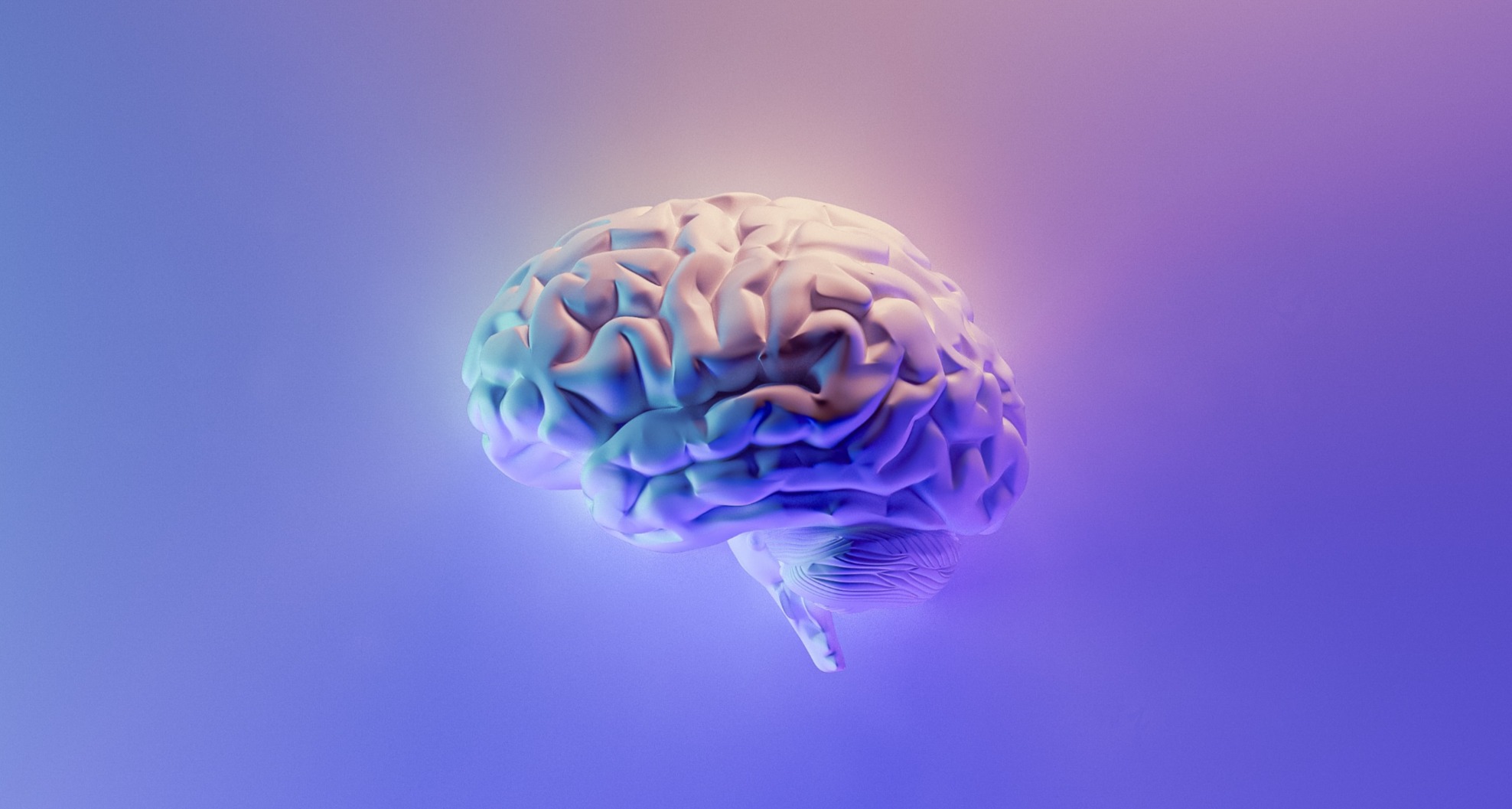
Establish a $100M National Lab of Neurotechnology for Brain Moonshots
A rigorous scientific understanding of how the brain works would transform human health and the economy by (i) enabling design of effective therapies for mental and neurodegenerative diseases (such as depression and Alzheimer’s), and (ii) fueling novel areas of enterprise for the biomedical, technology, and artificial intelligence industries. Launched in 2013, the U.S. BRAIN (Brain Research through Advancing Innovative Neurotechnologies) Initiative has made significant progress toward harnessing the ingenuity and creativity of individual laboratories in developing neurotechnological methods. This has provided a strong foundation for future work, producing advances like:
- 3-D microscopy and ultra-fast imaging that enables real-time observations of brain-cell activity in intact tissues: key data for understanding circuit principles underlying human behavior.
- A sophisticated genetic method that could be helpful for finding new druggable targets that could be engaged to manage pain effectively, helping avoid the risks and harms of opioid drug addiction.
- A portable backpack supporting (i) simultaneous recording from a stimulator implanted into a human subject’s brain (part of an early-stage clinical trial), (ii) measurement of other biomarkers, and (iii) recording of the subject’s positions and movements within their environment. This integrated and comprehensive dataset is helping researchers understand links between neural-circuit activity and behavior in humans.
However, pursuing these ambitious goals will require new approaches to brain research, at greater scale and scope.
Given the BRAIN Initiative’s momentum, this is the moment to expand the Initiative by investing in a National Laboratory of Neurotechnology (NLN) that would bring together a multidisciplinary team of researchers and engineers with combined expertise in physical and biomedical sciences. The NLN team would develop large-scale instruments, tools, and methods for recording and manipulating the activity of complex neural circuits in living animals or humans — studies that would enable us to understand how the brain works at a deeper, more detailed level than ever before. Specific high-impact initiatives that the NLN team could pursue include:
- Developing a multibeam, large-scale electron microscope to map the wiring of neural circuits.
- Determining the molecular components of each cell of the brain.
- Fabricating a diverse array of implantable and wearable devices.
- Conducting supercomputer-enabled mining of large datasets to support neurotechnology development.
The BRAIN Initiative currently funds small teams at existing research institutes. The natural next step is to expand the Initiative by establishing a dedicated center — staffed by a large, collaborative, and interdisciplinary team — capable of developing the high-cost, large-scale equipment needed to address complex and persistent challenges in the field of neurotechnology. Such a center would multiply the return on investment in brain research that the federal government is making on behalf of American taxpayers. Successful operation of a National Laboratory of Neurotechnology would require about $100 million per year.
To read a detailed vision for a National Laboratory of Neurotechnology, click here.
At a time when universities are already facing intense pressure to re-envision their role in the S&T ecosystem, we encourage NSF to ensure that the ambitious research acceleration remains compatible with their expertise.
FAS CEO Daniel Correa recently spoke with Adam Marblestone and Sam Rodriques, former FAS fellows who developed the idea for FROs and advocated for their use in a 2020 policy memo.
When the U.S. government funds the establishment of a platform for testing hundreds of behavioral interventions on a large diverse population, we will start to better understand the interventions that will have an efficient and lasting impact on health behavior.
Integrating AI tools into healthcare has an immense amount of potential to improve patient outcomes, streamline clinical workflows, and reduce errors and bias.